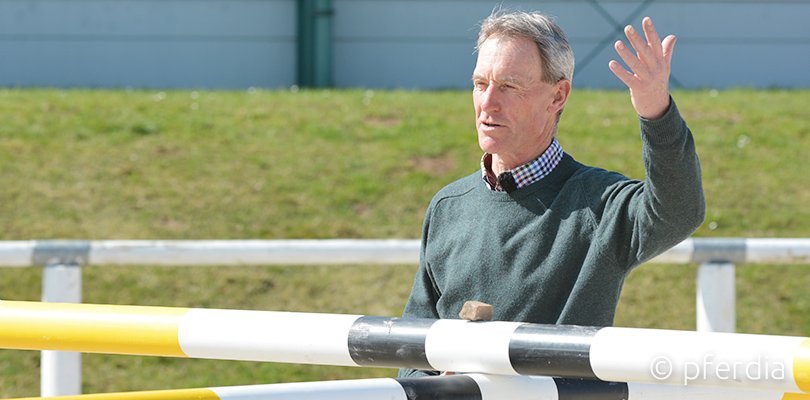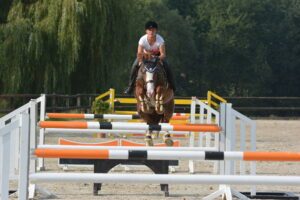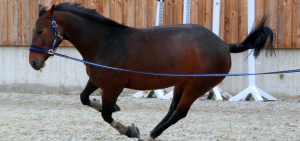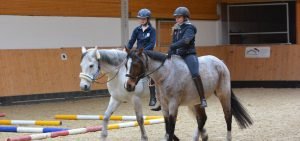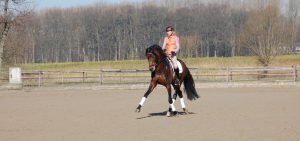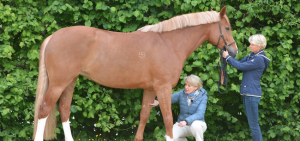Jumping cross country can be perilous. British eventing champion and German team trainer Chris Bartle holds seminars on the best ways to stay safe in the saddle when facing tricky situations on cross country courses, from slipping the reins to the “Oh shit!” position.
Summary
- The project
- The “Oh shit” position
- How to prevent falls when jumping cross country
- Slipping the reins
- Video tips
Here is what you should know about the video:
With special interest to eventers or others keen on jumping cross country, you can check out our videos with Chris Bartle. His analysis focuses on the seat and examines riders like William Fox-Pitt, Ingrid Klimke and Sandra Auffarth. He reveals their reasons for especially safe riding and how these riders approach jumps skilfully.
Even normal leisure riders will get something out of Chris Bartle’s seminars! He presents the various varieties of seats and explains how the rider can stay safely in the saddle in difficult situations encountered when jumping cross country, such as when the horse unexpectedly skids or stumbles. This special safety seat has a funny name: he calls it the “Oh shit!” position. Incidentally, this position is also helpful if your horse bucks.
What is the “Oh shit” position?
For riding and jumping cross country with this safety seat, the stirrups are shortened. It’s important that the rider keep the lower leg in such a way that the toe is in front of the knee. The lower leg is on position at and in some cases even in front of the girth. The rider should feel that two-thirds of the horse is in front of them, meaning that: the rider’s center of gravity should be behind the horse’s center of gravity. The rider’s buttocks are in the saddle and his upper body is imagined to be very slightly behind the vertical.
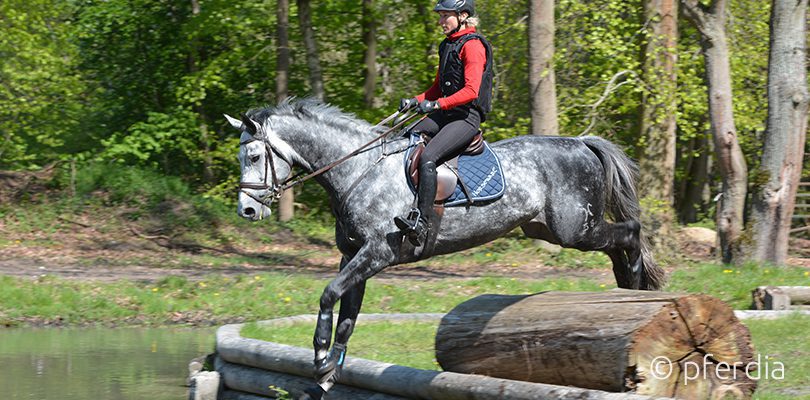
How to prevent falls when jumping cross country?
In the “Oh shit!” position, the rider can slip the reins if necessary. If the horse stumbles, it will then be able to use its neck for balance. This lets the horse catch itself and prevents a fall.
To demonstrate this, Chris Bartle has an impressive example: William Fox-Pitt (whom Bartle calls the most experienced eventing rider in the world!) approaches a solid obstacle incorrectly. He lets a lot of rein slip while still over the jump, then brings himself back so that he lands in the “Oh shit!” position. The horse stumbles when landing due to the incorrect distance, and in such a way that the viewer immediately feels that this could end in a fall.
But the horse catches itself because it is allowed to use its neck to regain its balance. The rider doesn’t get in the way and is seated securely, because he shifted his center of gravity back. William Fox-Pitt could thus prevent a fall and continues on.
Slipping the rein when jumping cross country
Many examples from videos demonstrate how good riders will naturally and quickly slip the reins, and then just as quickly gather them again. Chris Bartle explicitly notes that it is very important to practice this in training first.
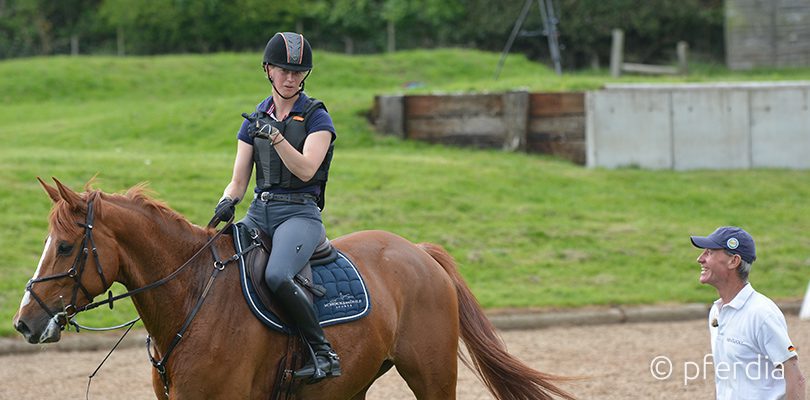
Jumping cross country requires the heart of a lion
Chris Bartle says that jumping cross country requires “the heart of a lion and the seat of a pessimist!” During the film, he shows how good riders transition between different seat positions – for example from the racing position into the preparation position, from the preparation position into the jumping position. The prominent eventing trainer explains all these different positions and their characteristics in detail.
What else is there to learn?
- the role of the rider’s central musculature
- the importance of using the upper leg
- how the rider should use the body to act as levers
- how to use one’s body to guide the horse’s shoulders
- how to sit in order to allow the horse’s back to work freely
- how a bridge in the reins fulfils important functions even at the highest levels of the sport
- the importance of keeping the horse’s head, neck and shoulders as straight as possible in front of you and how to do this
- the advantages dressage training brings to riding and jumping cross country
- the importance of looking straight ahead and how to improve with practice
- how to approach water jumps with young horses
- the differences good and bad leg positions will make in riding

